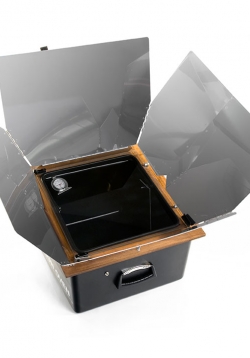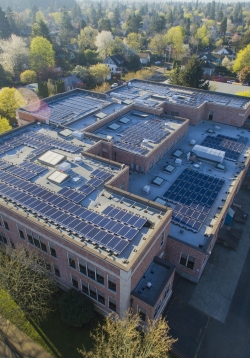Let’s Get Cooking!
The purpose of this lesson is to provide students with a hands-on experience using the sun to cook cornbread or cookies. Students will also learn to use an infrared thermometer. There is also an optional extension for the class or individual students to...






